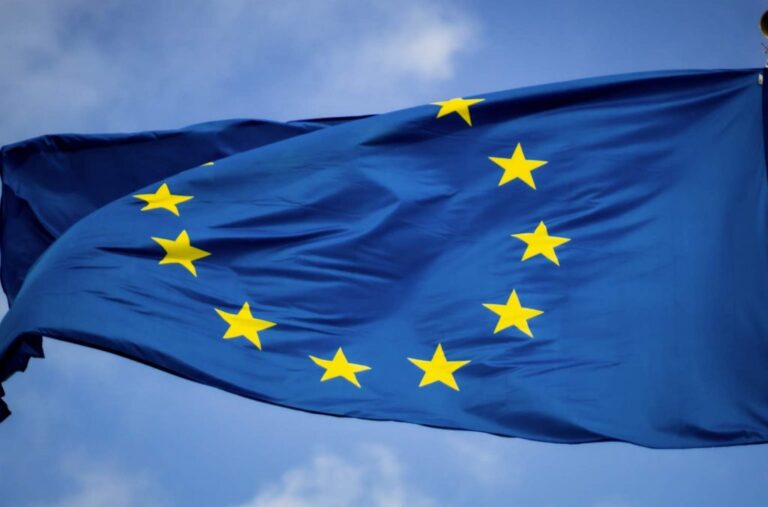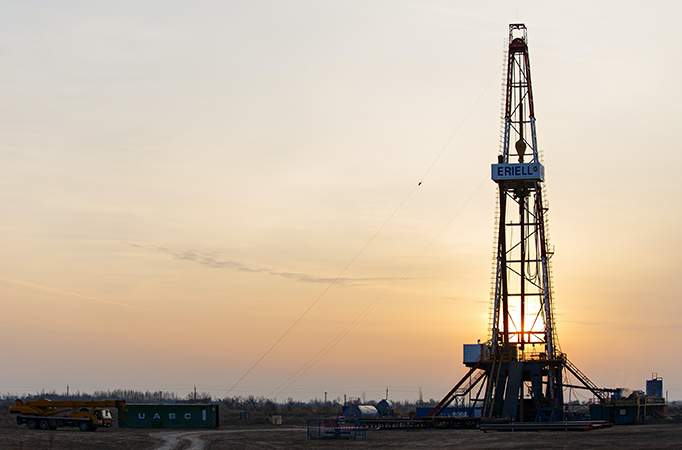
Daily Brief – Nonstop flight to nowhere
Nonstop flight to nowhere
And before you start wondering, no, this brief isn’t about some new route Qantas has launched to propel passengers an inconceivably long distance in one hit. What I refer to in the title of this briefing are the rapidly evolving growth and economic base case projections within the US. The debate surrounding interest rate cuts was born from a cooling economy. In this economy that was thought to be characterised by falling inflation and growth rates, stimulus (or at least a reduction of current monetary/fiscal constraints) would be necessary to smooth the course of the faltering economy.
Depending upon the severity of the economic decline, the market had adopted the language of a hard or soft landing. Many analysts coined everything in between the dichotomous hard/soft as if the US economy was some challenger brand of ergonomic mattress. Even amongst the medium-firm memory foam landers, the one element almost universally shared was that there would indeed be a landing. This assumption now appears to be in question and is causing upset across asset markets. Within FX, EURUSD now sits more than 2% lower than its late-September highs and thanks to faltering risk sentiment, GBPUSD trades approximately 3% lower. Of course, this move is not just down to adjusting US rate and growth expectations. But this shift is the defining feature of markets within the context of rising geopolitical risk.
Following a series of strong US data, most recently the September non-farm payrolls report published on Friday, it is hard to identify that economic weakness. To analyse briefly the report, as well as favourable adjustments to prior reading the publication showed 254,000 jobs added to the US economy in September. That trounced the forecast of 150,000 that the market had expected. The Fed does have a dual mandate to consider the labour market within its policy. However, the impact of such a strong labour market could have a more systemic impact upon the US economy and US assets.
Discussion and Analysis by Charles Porter

Related Insights

Daily Brief – EURO
EURO ECB President Christine Lagarde delivered a speech last week at Hertie School in Berlin, setting out the ECB ambition of making the EURO a larger/ the largest global reserve currency. At 20% versus USD ‘s 57%, EUR is already the challenger, but unlike CL’s calling for the deficit to be made up simply by […]

Daily Brief – EU Inflation
EU Inflation Paving the way for a 25bp rate cut tomorrow, EU inflation came in at 1.9% on the back of uncertainty, lack of consumer confidence and people sitting on their cash. So overall good on inflation but a sign of less good things in the EU. As ever, the overall inflation figure had some […]

Daily Brief – Oil
Oil Following the US Manhattan court blocking TT or Trump Tariffs deeming them illegal, that was enough for the oil market to outweigh the OPEC+ output increases pencilled in for July, while it remained wary on potential new US sanctions on Russian oil. The result was that oil prices rose yesterday despite POTUS letting it be […]



 Humphrey Percy
Humphrey Percy